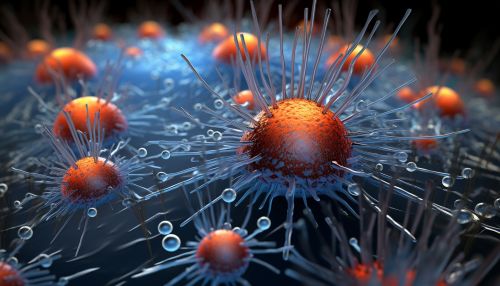The Science Behind Vaccines and Immunization
Introduction
Vaccines and immunization represent a cornerstone of modern medicine, providing a proactive defense against infectious diseases. This article delves into the science behind these crucial tools, exploring the principles of immunology that underpin their function, the process of vaccine development, and the various types of vaccines currently in use.
Immunology and Vaccines
Immunology, the study of the immune system, is central to our understanding of vaccines. The immune system is a complex network of cells, tissues, and organs that work together to defend the body against harmful pathogens, such as bacteria, viruses, and parasitesRead more about Immunology.
The Immune Response
When a pathogen enters the body, the immune system responds in two main ways: the innate immune response and the adaptive immune response. The innate response is immediate but non-specific, while the adaptive response is slower but highly specific and capable of "remembering" pathogens for more efficient future responsesRead more about Immune Response.


Vaccines and Immune Memory
Vaccines work by exploiting this adaptive immune response. They introduce a harmless piece of the pathogen, such as a protein or a piece of its genetic material, into the body. This stimulates the immune system to produce a specific response, including the creation of memory cells. These memory cells can then mount a rapid and effective response if the person is later exposed to the actual pathogenRead more about Vaccines.
Vaccine Development
The process of developing a vaccine is rigorous and involves several stages, from exploratory research to clinical trials and regulatory approval. This process can take many years, although recent advances have allowed for accelerated development in response to urgent public health needs, such as the COVID-19 pandemicRead more about Vaccine Development.
Types of Vaccines
There are several types of vaccines, each with their own advantages and disadvantages. These include live attenuated vaccines, inactivated vaccines, subunit vaccines, and mRNA vaccines, among othersRead more about Types of Vaccines.
Live Attenuated Vaccines
Live attenuated vaccines contain a version of the living virus that has been weakened in the lab so it can’t cause disease in healthy people. These vaccines are closest to a natural infection and are very effective at providing long-term immunityRead more about Live Attenuated Vaccines.
Inactivated Vaccines
Inactivated vaccines, on the other hand, contain viruses whose genetic material has been destroyed so they cannot replicate, but can still trigger an immune responseRead more about Inactivated Vaccines.
Subunit Vaccines
Subunit vaccines include only the parts of the virus or bacteria that stimulate a strong immune response. This approach is used when a full virus or bacteria might be too risky to use in a vaccineRead more about Subunit Vaccines.
mRNA Vaccines
mRNA vaccines are a new type of vaccine. They work by teaching cells how to make a protein that triggers an immune response. The mRNA does not stay in the body but is broken down and eliminated after it has done its jobRead more about mRNA Vaccines.
Conclusion
Vaccines and immunization are vital tools in the fight against infectious diseases. By understanding the science behind these tools, we can appreciate their importance and continue to improve their effectiveness and safety.
